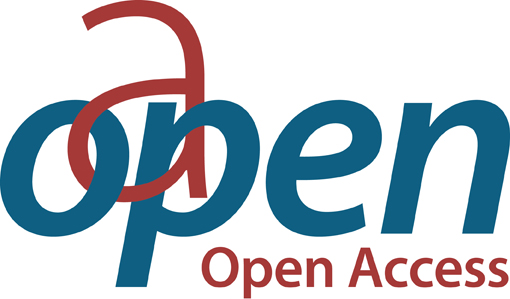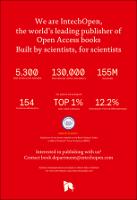Chapter Spectral Efficiency Analysis of Filter Bank Multi‐Carrier (FBMC)‐ Based 5G Networks with Estimated Channel State Information (CSI)
Author(s)
Lv, Hengwei
Zhang, Haijian
Li, Pandong
Language
EnglishAbstract
The heterogeneous cellular network (HCN) is most significant as a key technology for future fifth-generation (5G) wireless networks. The heterogeneous network consists of randomly macrocell base stations (MBSs) overlaid with femtocell base stations (FBSs). Stochastic geometry has been shown to be a very powerful tool to model, analyze, and design networks with random topologies such as wireless ad hoc, sensor networks, and multi-tier cellular networks. HCNs can be energy-efficiently designed by deploying various BSs belonging to different networks, which has drawn significant attention to one of the technologies for future 5G wireless networks. In this chapter, we propose switching off/on systems enabling the BSs in the cellular networks to efficiently consume the power by introducing active/sleep modes, which is able to reduce the interference and power consumption in the MBSs and FBSs on an individual basis as well as improve the energy efficiency of the cellular networks. We formulate the minimization of the power consumption for the MBSs and FBSs as well as an optimization problem to maximize the energy efficiency subject to throughput outage constraints, which can be solved by the Karush-Kuhn-Tucker (KKT) conditions according to the femto tier BS density. We also formulate and compare the coverage probability and the energy efficiency in HCN scenarios with and without coordinated multi-point (CoMP) to avoid coverage holes.
Keywords
heterogeneous cellular networks, stochastic geometry, poisson point process (PPP), different sleeping policy, CoMP, energy efficiency, power consumptionDOI
10.5772/66057Publisher
InTechOpenPublisher website
https://www.intechopen.com/Publication date and place
2016Classification
WAP (wireless) technology


 Download
Download